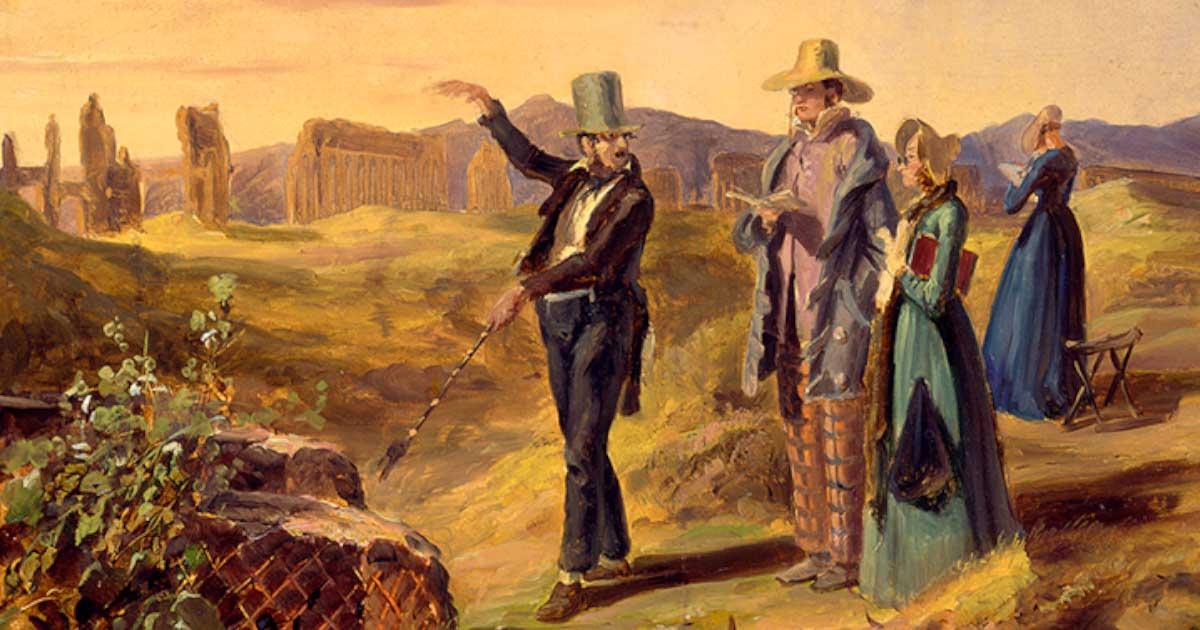
10 Tourist Spots That Ancient People Visited
Believe it or not, tourism has been around since the time of the Egyptians. Throughout history, ancient people used to travel not only for political and religious purposes, but also for leisure and exploration. After all, without the internet, the only way to fully learn about the world was to see it for yourself! Some ancient tourist spots, however, were more popular than others.
The most popular ancient cities often had quite a bit of entertainment to offer visitors and weren’t usually short on goods and services. Between live music, local restaurants, theatrical performances and decent hotels, it was easy for tourists to keep busy while away from home. So what tourist spots were the most popular throughout ancient times, and what was so interesting about them?

Monks looking at the temple city and ancient tourist spot Angkor Wat. (anekoho / Adobe Stock)
Angkor Wat, Cambodia
Though not particularly well known for its food and entertainment, Angkor Wat was frequently visited by religious travelers during ancient times. Known as one of the most famous ancient temple sites in Asia,Angkor Wat translates literally into “temple city” in the Khmer language. The city was built in the 12th century AD and was known as the religious and political center of Cambodia at this time.
Visitors were often attracted to the main Buddhist temple inAngkor Wat, and would visit there to engage in worship and other religious practices. Those that did not practiceBuddhism, however, would mostly be interested in observing the architecture of the temple and the surrounding political buildings in the city. The majority of these tourists were politicians of some sort, though some ordinary travelers would make the complex journey to visit if they were so inclined.
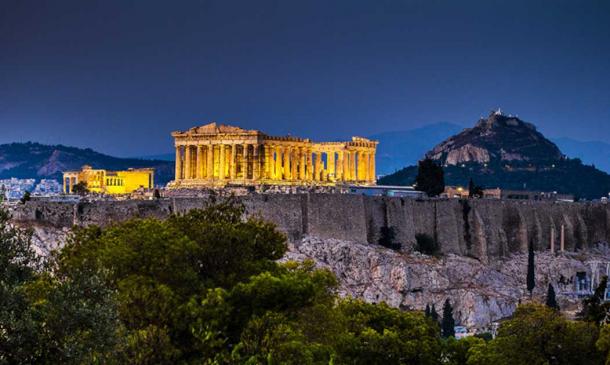
Tourists would often pay tribute to the gods at the Acropolis of Athens during their visit. (Lambros Kazan / Adobe Stock)
Athens, Greece
One of the most famous ancient cities, Athens was known for its high volume of traffic thanks to regular tourism. Many of the tourists visitingAthens came from overseas, though not all. Piraeus, the main port in Athens, saw a high volume of individuals seeking to enter the city via boat. Upon disembarking, the excitement in the city was immediate. Streets were bustling with a combination of locals, tourists, and merchants all trying to buy and sell their goods, and that doesn’t include the vast amounts of street entertainment that could distract you.
- 10 Must See Ancient Cities to Add to Your Bucket List
- Is UNESCO World Heritage Status for Cultural Sites Killing the Things it Loves?
Athens was full of impressive temples, public buildings, and statues, many of which inspired architects from other regions. The most important tourist destination in Athens, however, was the Acropolis. TheAcropolis, also called the “high city,” was known as the place of the gods and goddesses, so tourists would often pay tribute to them during their visit. Filled with monuments, statues, and other dedications, the Acropolis was hard to get through without bumping into other people or sacred pieces dedicated to the gods.
Beyond places of worship, Athens was also known for its gymnasiums, salons, bathhouses, and markets. Their markets had goods such as olive oil, Attic honey, imported spices, perfumes, scrolls, and pottery. After shopping, tourists could attend festivals, performance competitions, or the theatre to finish off a full day. Anyone who visited Athens frequently left with a suitcase full of goods and a mind full of lasting memories.
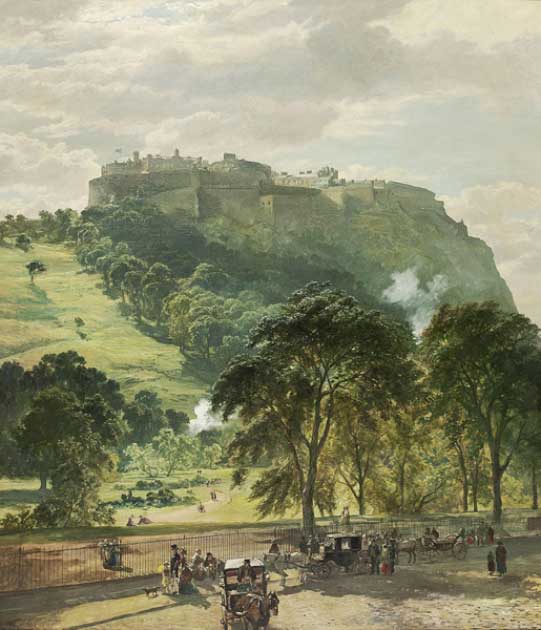
Edinburgh Castle from Princes Street by Samuel Bough. (Public domain)
Edinburgh, Scotland
Edinburgh, Scotland was one of the many places tourists loved to travel to in the Middle Ages. Around the 14th century,Edinburgh became well-known for its production of animal goods including wool and leather. This made Edinburgh quite wealthy and inspired Europeans to travel there and purchase these goods for themselves.
Edinburgh was also home to beautiful architecture, though it faced frequent invasions and destruction from surrounding countries. This constant warfare plus regular illness tended to scare tourists away, but it wasn’t enough to put them all off. Though not as popular as other ancient tourist spots on this list,Edinburgh still had many brave tourists come to enjoy its vast architecture and artisan goods at the Grassmarket.
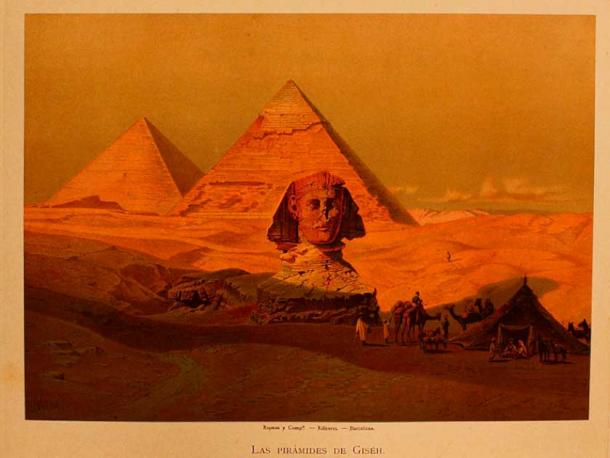
The Great Sphinx and the Pyramids at Giza was a hot ancient tourist destination spot. (Public domain)
Giza, Egypt
Egypt was one of the earliest tourist spots in history. Europeans yearned to travel to Egypt to see ancient Egyptian buildings for themselves, as well as to get their hands on some of their luxury goods including oils, precious stones, and ostrich feathers. More specifically, however, people took great interest inGiza thanks to thepyramids, which were built sometime between 2550 and 2490 BC.
These unique, elaborate structures were sure to impress tourists. Soon, they became an incredibly popular sightseeing spot for those lucky enough to travel there from Europe or surrounding African countries. In addition to the pyramids, tourists liked to see the Great Sphinx as well as Giza’s many sacred temples and structures.
Hangzhou, China
Though a bit further from Europe than the other cities on this list, Hangzhou in China became a popular tourist spot for travelers able and willing to take on a more adventurous trip. The popularity of Hangzhou first spread thanks to the work of Marco Polo, who wrote quite a bit about his time visiting the city.
Marco Polo specifically described Hangzhou as “the finest and most splendid city in the world.” Hangzhou was filled with beautiful temples, lakes, pavilions, and other impressive architecture sure to impress even the most experienced of travelers. Hangzhou also had lively marketplaces filled with fruits, vegetables, meats, and fish from the nearby bodies of water. If you were looking for something in particular, the marketplace was sure to have it.
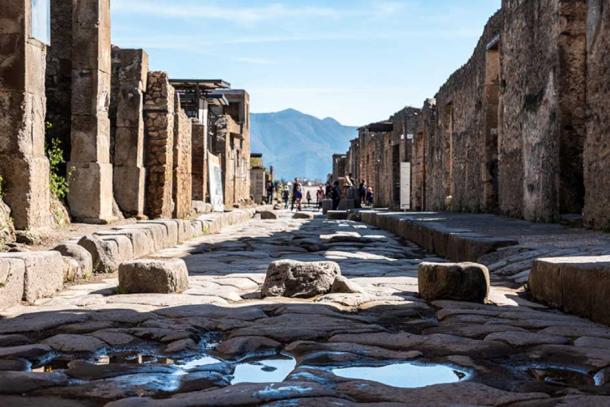
One popular ancient tourist destination spot was Pompeii. (imagoDens / Adobe Stock)
Pompeii, Italy
Though it is mostly recognized for its unfortunate volcanic downfall in the 1st century AD,Pompeii was once one of the most visited tourist destinations in Italy outside of Rome. It was incredibly rich and was filled with the fanciest of villas, perfect for any distinguished politician or celebrity looking for a luxury home. The city was also filled with artworks including statues, paintings, and fountains that were accessible to the public. Amongst Rome’s many roads, the one toPompeii was heavily traveled.
In addition to beautiful artwork and architecture,Pompeii was a major hub for popular crops including grapes and olives. Because of the city’s proximity toMount Vesuvius, it had rich volcanic soil that was optimal for growing certain produce. Pompeii was also known for its famous wine that was produced from its giant, juicy grapes. Plus, if food and art weren’t your passions, you could always visit the city’s artisan shops,brothels, bathhouses, and giant arena for entertainment. There was never a shortage of things to do in Pompeii!
Munich, Germany
Munich gained in popularity around the 16th and 17th centuries, when tourists traveled there to see the city’s famed renaissance arts. Unfortunately, much of the unique architecture was destroyed in fires shortly thereafter. Though it facedplague and warfare in the second half of the 17th century, Munich began to pick itself back up in the 18th century, when Germans began to build new churches and palaces.
Tourists traveled to Munich to visit the new and fascinating architecture and to learn more about the city’s culture. By the 19th century, Oktoberfest was held annually and the Neoclassical city became known as a major center for literature, art, and music. Tourists greatly enjoyed the entertainment Munich had to offer, even if it was facing some major political issues during this time.
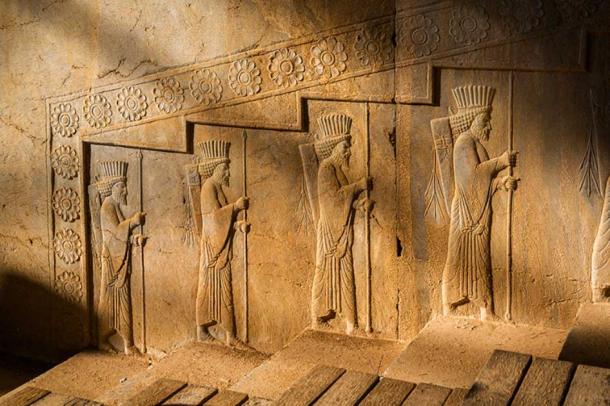
Persepolis was once a popular ancient tourist spot. Relief sculptures in the Apadana Palace in Persepolis. (Mohammad Nouri / Adobe Stock)
Persepolis, Persia
Persepolis, the capital of Persia, was known as a popular ancient tourist spot for many reasons. Mostly, Persepolis was strategically built to be a showplace for Persia, so visitors for political and leisurely purposes would be impressed with their country. All major government gatherings occurred inPersepolis, but that isn’t all they were known for.
Those that visited Persepolis having nothing to do with politics often enjoyed viewing their large collection of art and architecture. The large buildings in Persepolis were specifically designed to impress even the richest of politicians and celebrities that visited the region, so they would certainly be more than enough to impress the average traveler.
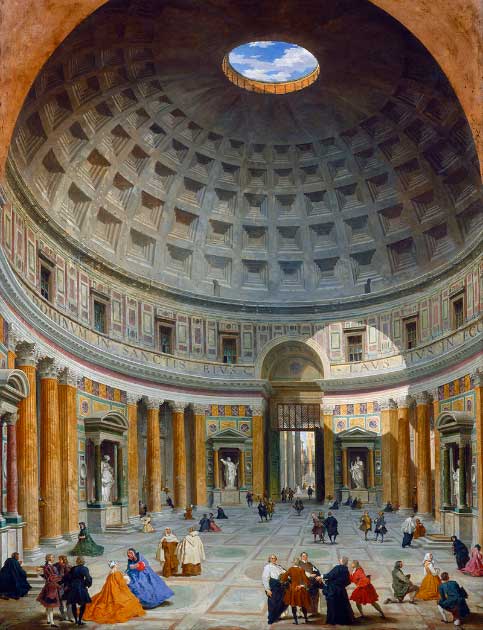
Interior of the Pantheon in Rome, by Giovanni Paolo Panini. (Public domain)
Rome, Italy
Of all the cities on this list, Rome was certainly one of the most visited. Known as the center of a complexroad system, travelers new and old desired to see Rome for themselves. A high-class society, Rome was known for luxury with its detailed architecture, exclusive dinner parties, and delicious food. Plus, Rome was never short on entertainment for visitors.
The greatest form of entertainment Rome had to offer was theColosseum. Built in 80 AD, the Colosseum was built to hold a variety of entertainment including animal hunts,gladiator fights, and mock battles. Any tourist wanting to see a bloodthirsty show would yearn for a front-row seat at the Colosseum.
- The Republic of Venice, The Greatest Jewel of the Mediterranean?
- Mexico Wants to Run a Tourist Train Through its Maya Heartland — Should It?
This was also a potential option for poor Romans who did not get to enjoy the other luxuries Rome had to offer. Since the Emperor often paid for the entertainment, seats in the Colosseum were technically free. However, you still needed a ticket to enter. Tickets would often be “sold” on the black market for various prices, whether for money, food, or other labor. For the desperate tourist, this price was often worth it to attend such a large event.
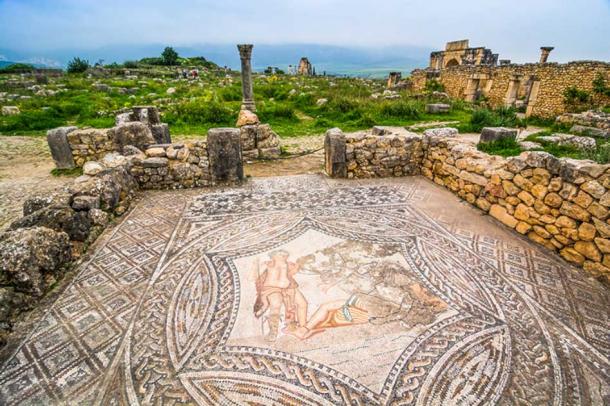
Mosaic floor in old roman city of Volubilis in Morocco, once an important ancient tourist spot and outpost of the Roman Empire. (marketanovakova / Adobe Stock)
Volubilis, Morocco
Volubilis, located in northwestern Africa, was also known for attracting visitors during its prime. Known as an important outpost for the Roman Empire,Volubilis was the center of many grand buildings and was a popular trade spot. The architecture of these buildings was based on thearchitecture of Rome, and often inspired local architects who were unable to visit Rome themselves. Meanwhile, the trade center would have items such as crops, oils, jewelry, and pottery for sale.
It was common for Romans to visit the city to engage in trade before returning to their hometown. Volubilis was also filled with Roman-inspired artwork including mosaics dedicated to theGreek gods. If art did not entertain visitors toVolubilis, their theatres likely could. Performances took place regularly at various theatres built throughout the city, so anyone could remain busy until it was time to catch a boat back to Europe.
Fun for the Whole Family
Though travel was sometimes tricky in ancient times, nothing could stop those who wanted nothing more than to see the world. Unlike today, ancient travelers had little information to work with, so visiting a place was just about the only major way to learn about its people, culture, food, and entertainment.
Whether for political or personal purposes,ancient travelers were able to find new places to see and things to do in just about any city they visited, which led to new, exciting adventures anywhere they went. Nevertheless, I’m sure they would’ve loved to have a GPS.
Top image: English Tourists in Campagna, one of many ancient tourist spots, by Carl Spitzweg. Source:Public domain
By Lex Leigh
References
Civitatis. No date. “History of Edinburgh - past, present and future of Edinburgh” in CIVITATIS. (n.d.). Available at:https://www.introducingedinburgh.com/history
Civitatis. No date. “History of Munich - past, present and future of the German city” in CIVITATIS. Available at:https://www.introducingmunich.com/history
History.com Editors. 28 February 2018. “Angkor Wat” in History. Available at:https://www.history.com/topics/landmarks/angkor-wat
History.com Editors. 29 July 2022. “Pompeii” in History. Available at:https://www.history.com/topics/ancient-history/pompeii
Kepnes, M. 2 February 2020. “The best 15 historical sites in the World” in Nomadic Matt's Travel Site. Available at:https://www.nomadicmatt.com/travel-blogs/ten-historical-sites/
No name. No date. “The Colosseum” in Rome sightseeing and popular attractions. Available at:https://www.romesightseeing.net/the-colosseum/
Travel for Kids. 7 January 2016. “Marco Polo's favorite city in China” in Travel for Kids. Available at:https://seetheworld.travelforkids.com/hangzhou-kinsai-marco-polos-favorite-city-in-china/
Villing, A. 29 May 2020. “Historical City Travel Guide: Athens, 5th century BC” in The British Museum. Available at:https://blog.britishmuseum.org/historical-city-travel-guide-athens-5th-century-bc/















